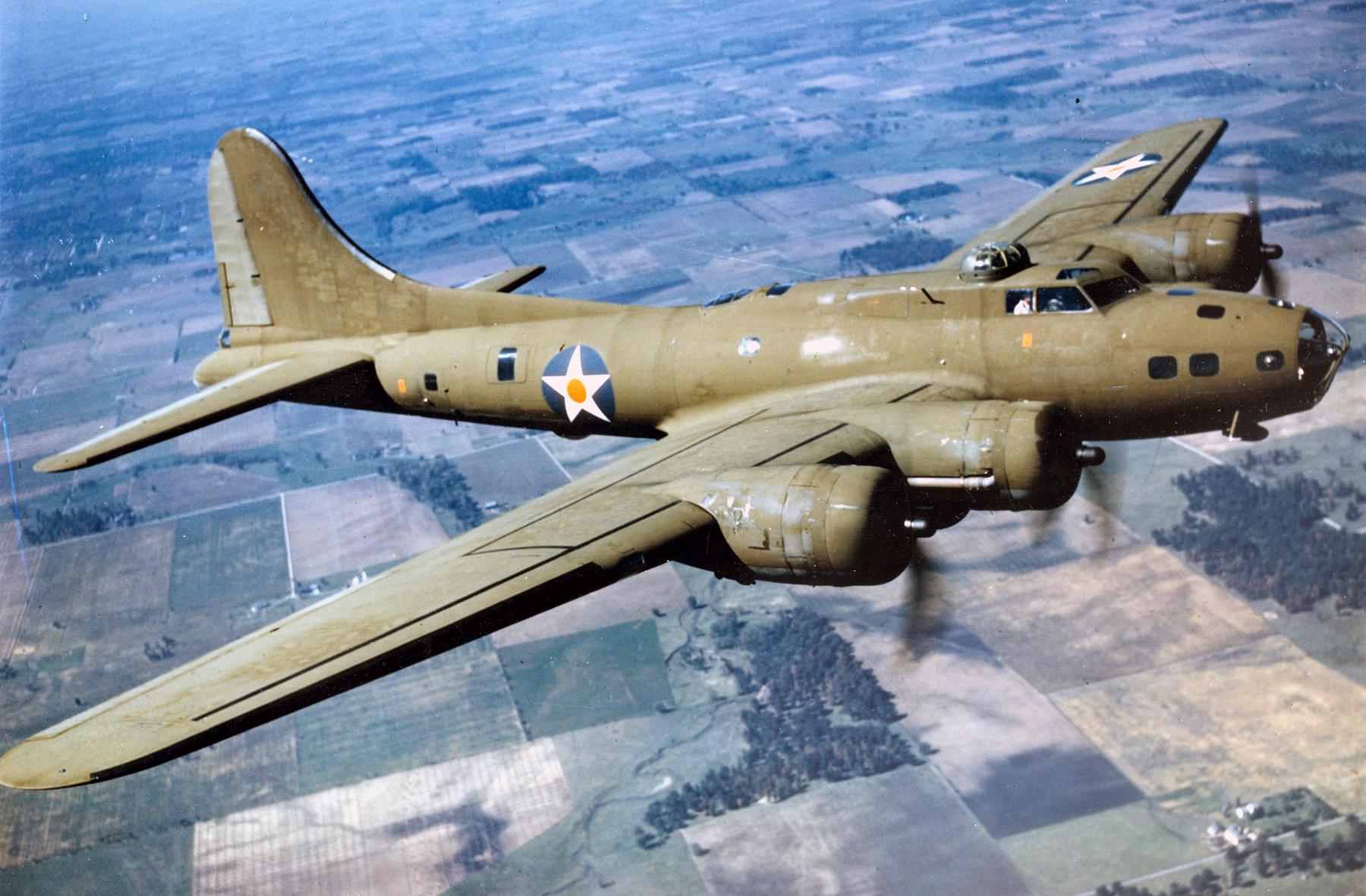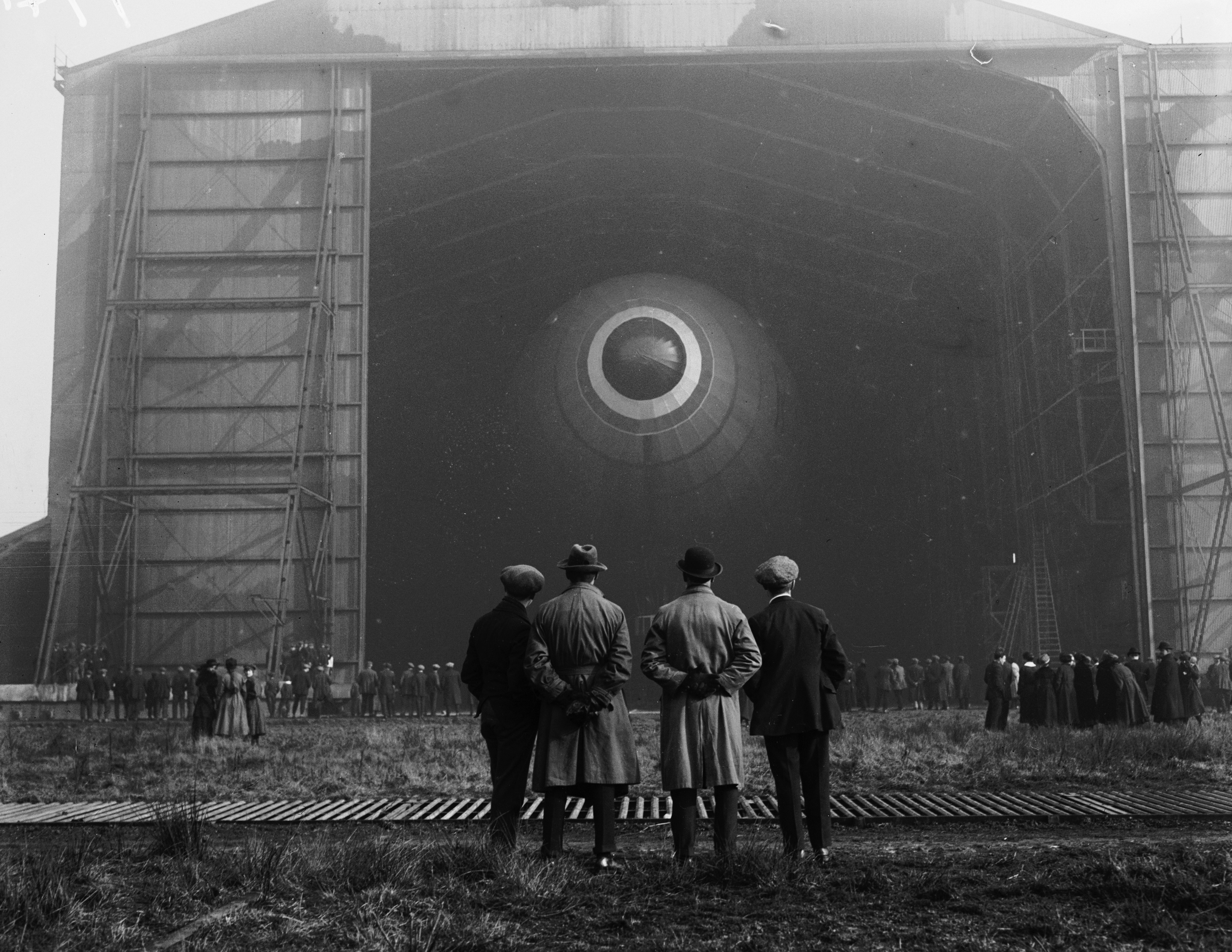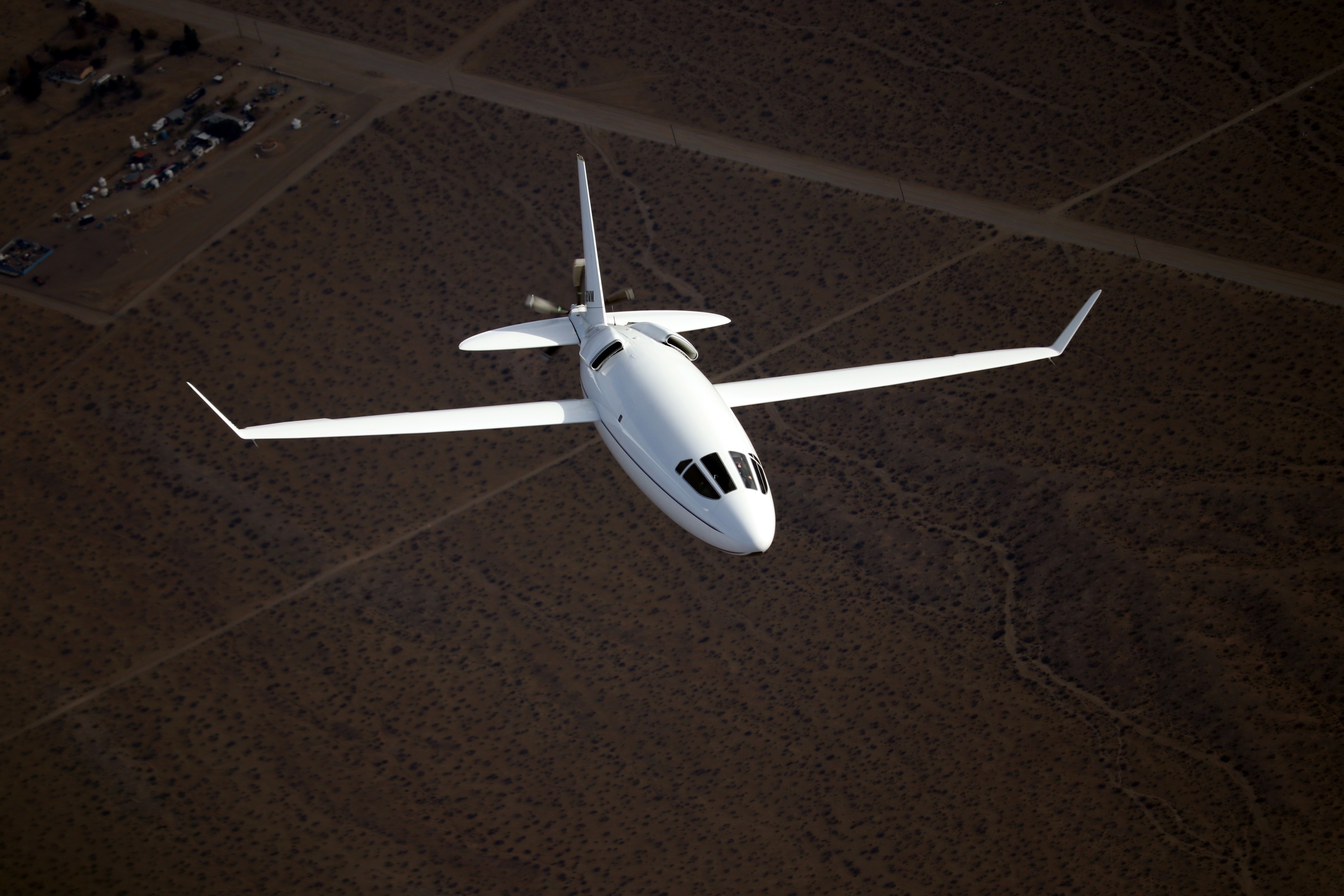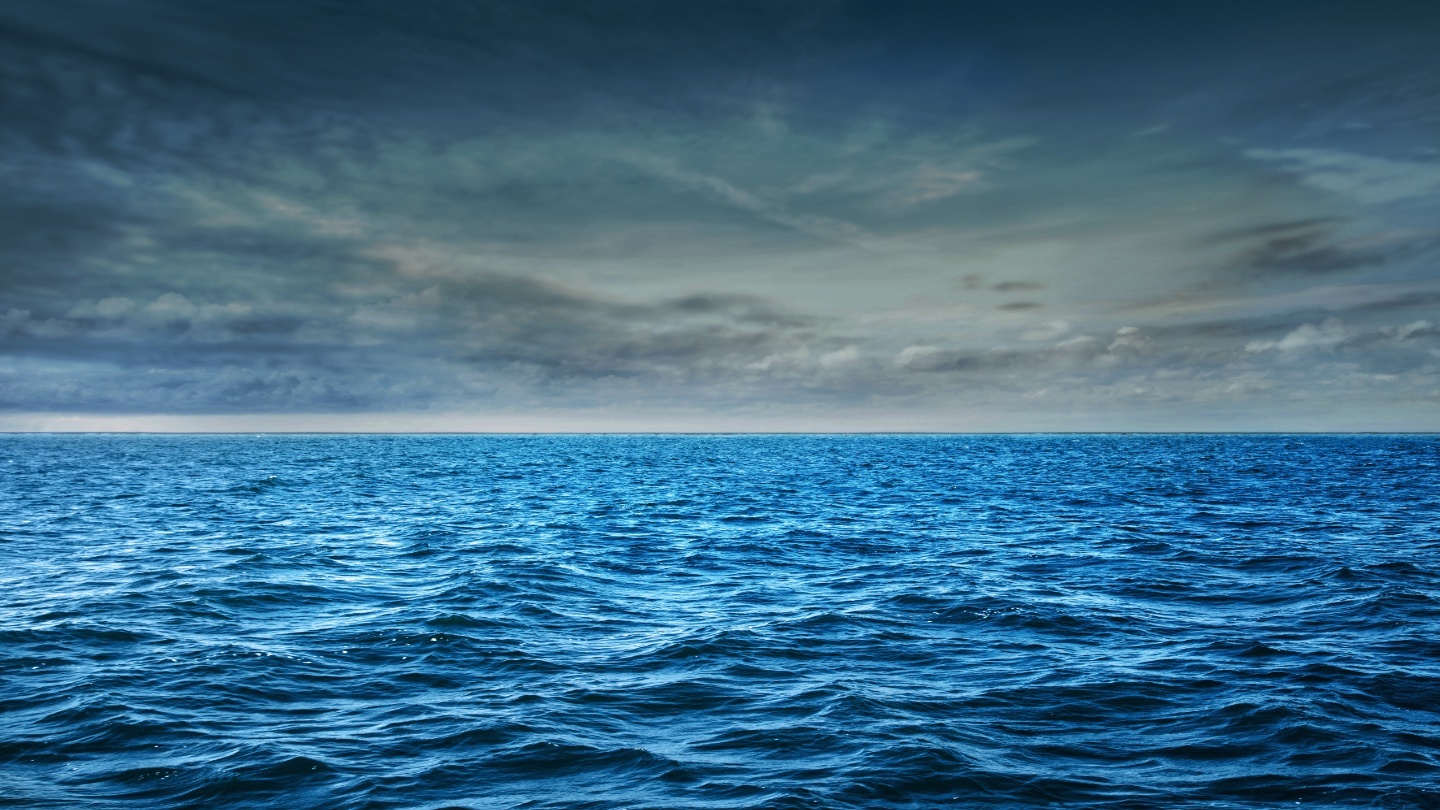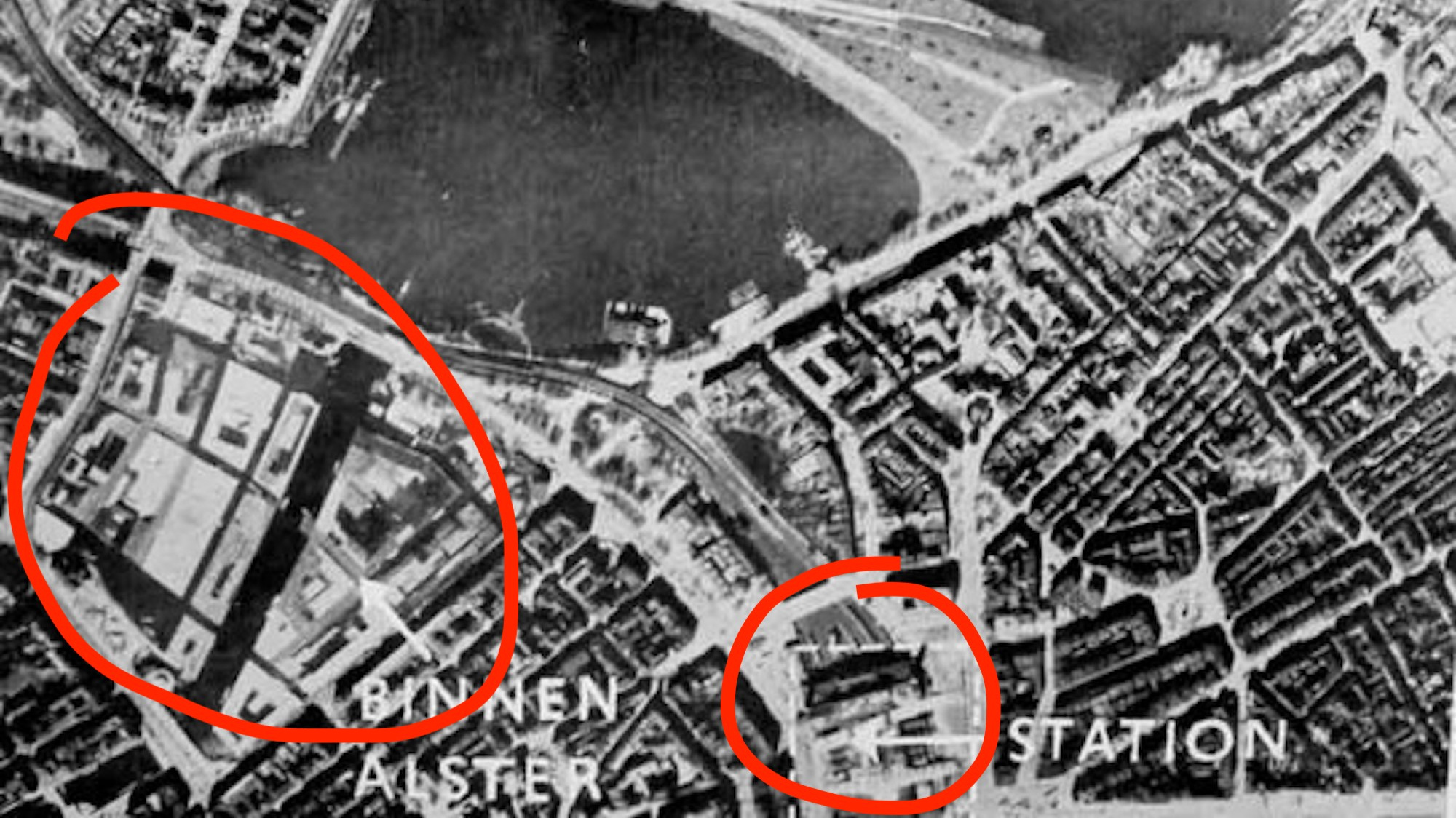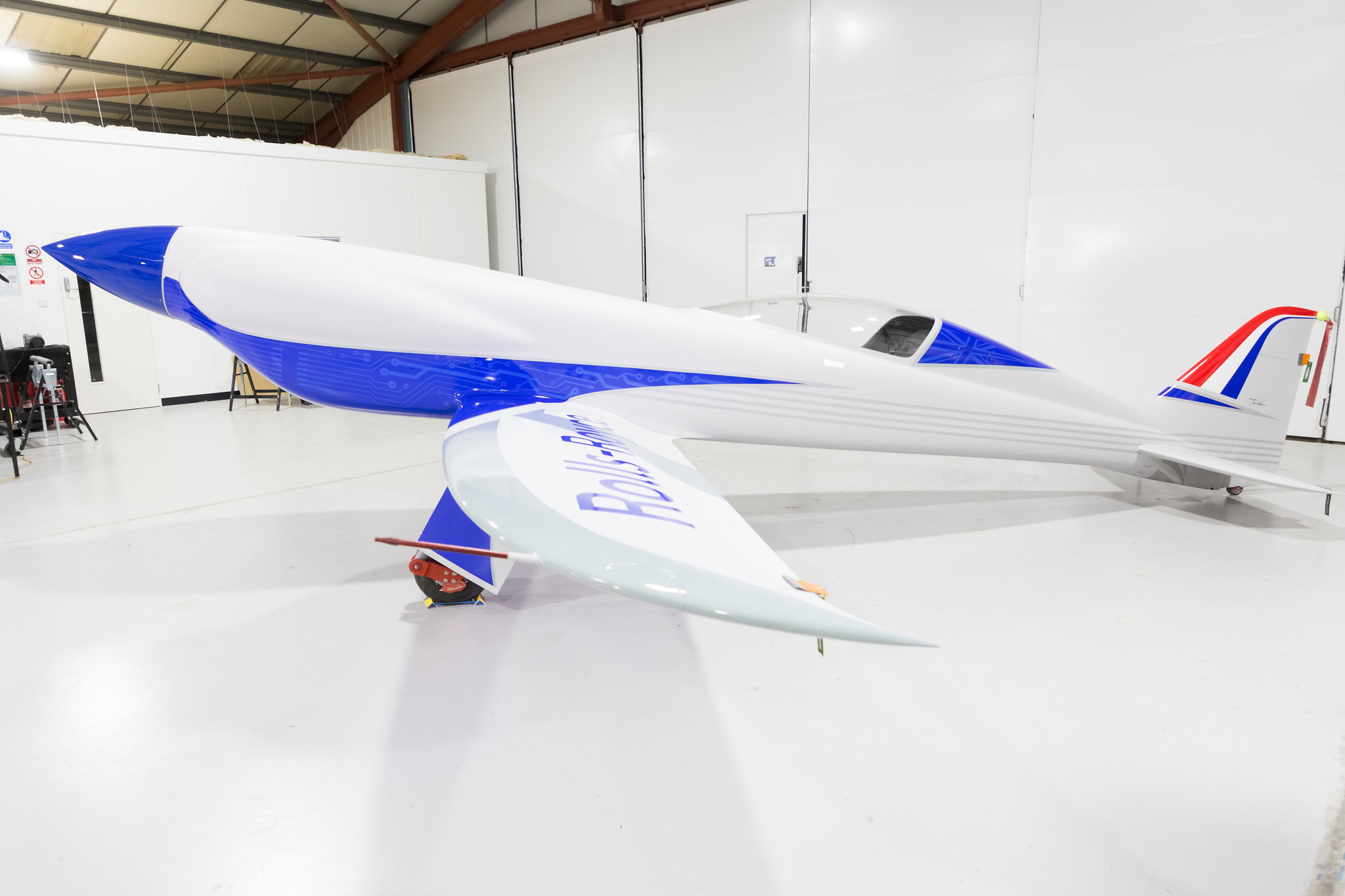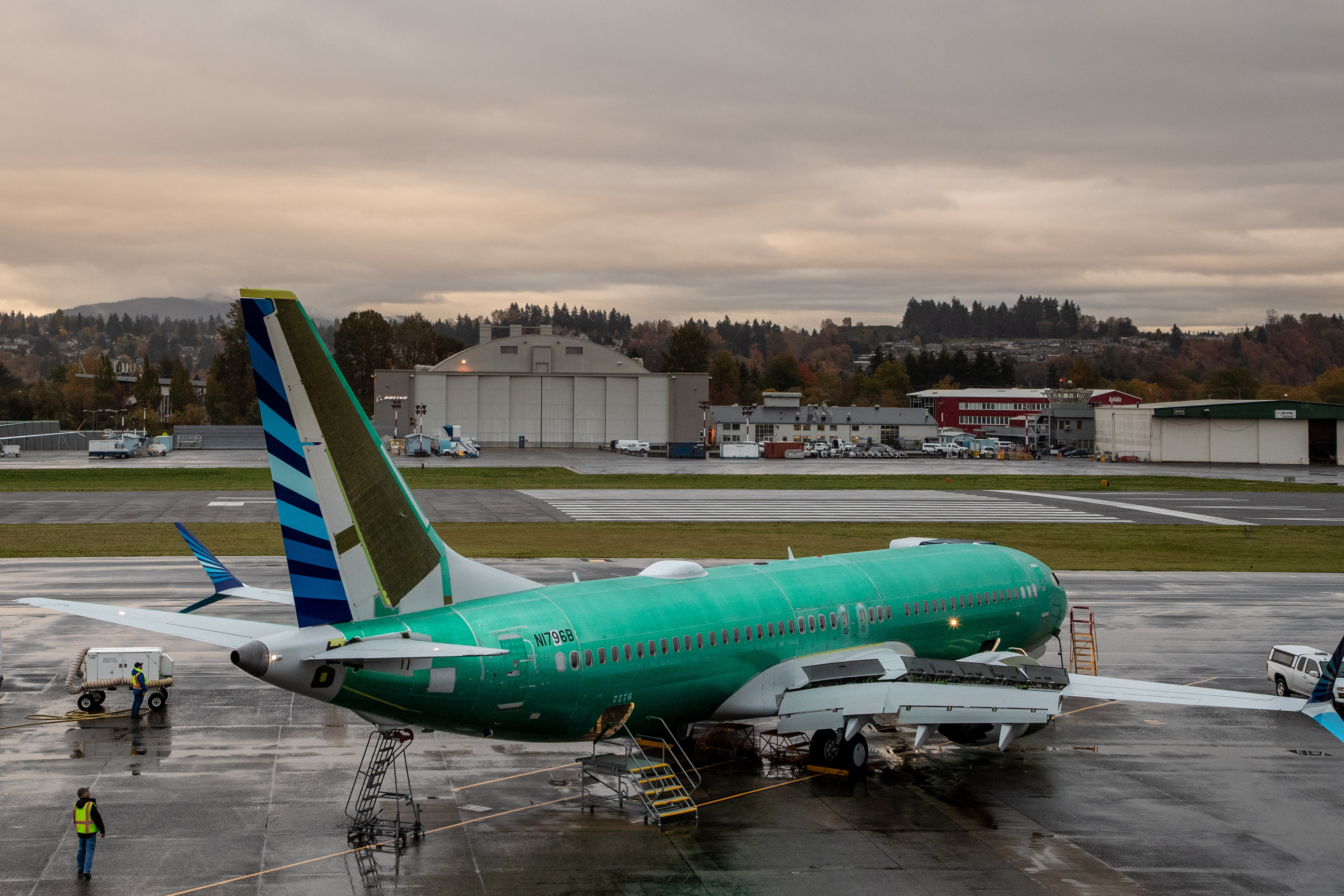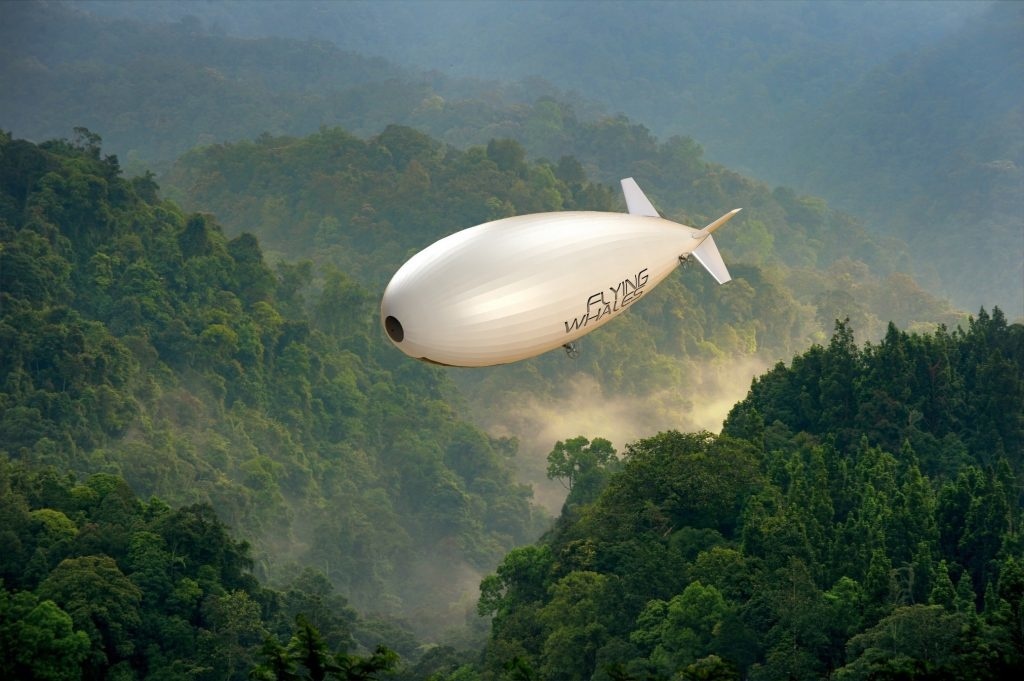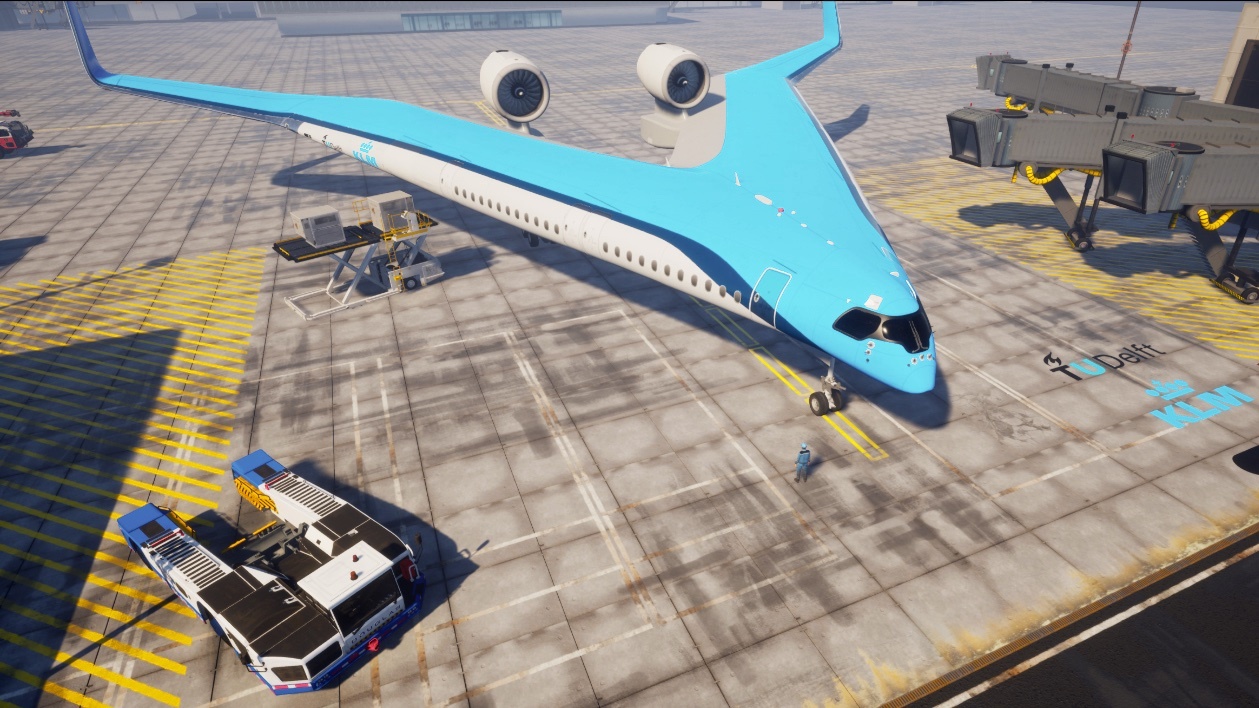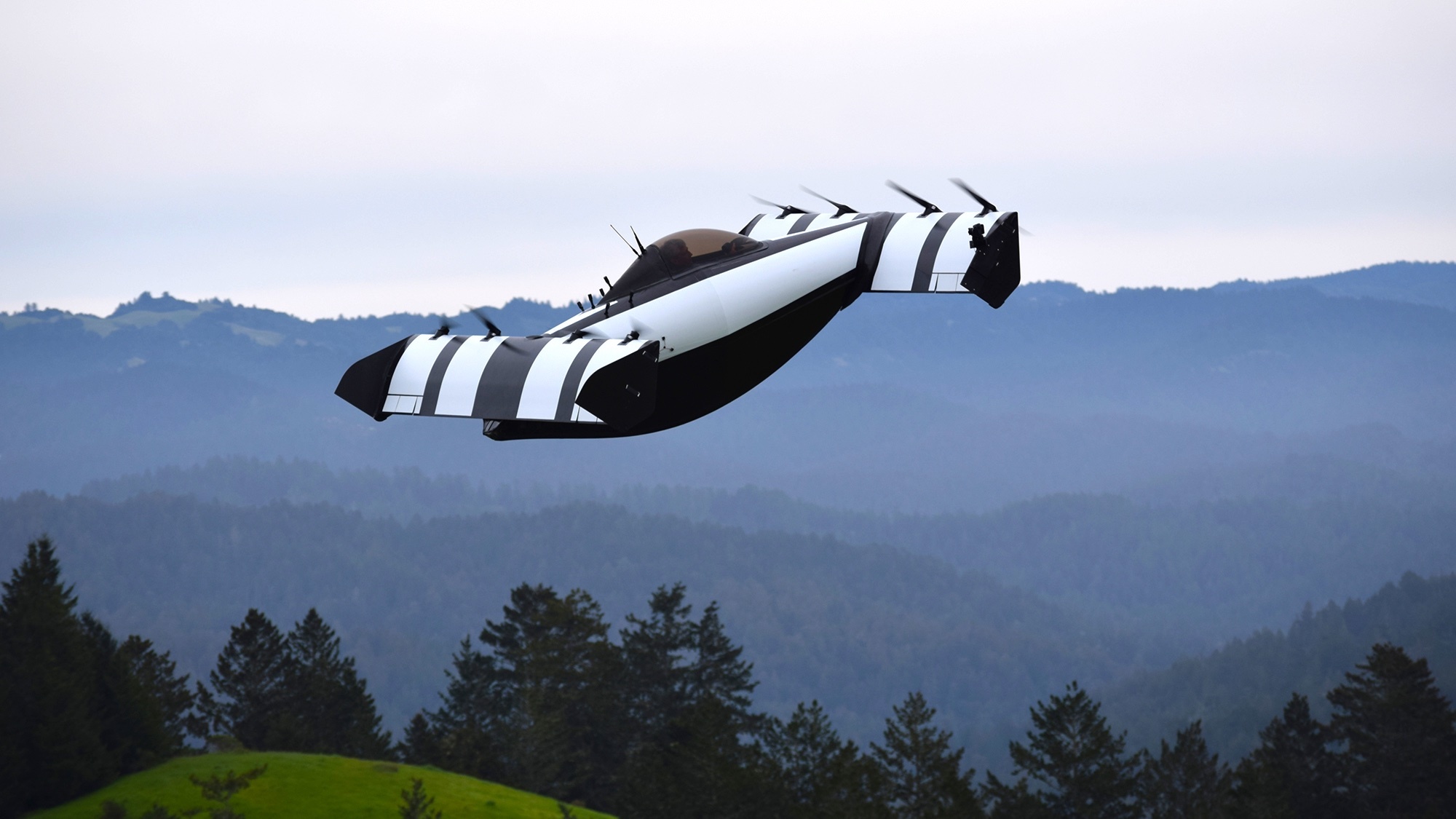aircraft
Can a war be won from the air? A group of renegade pilots in the 1930s thought so.
Can passenger airships make a triumphantly ‘green’ comeback?
Otto Aviation says the hourly cost of flying the new Celera 500L is about six times cheaper than conventional aircraft.
Researchers devise an effective new predictive tool for maritime first-responders.
If you were awaiting screaming death from the skies, you can relax. For now.
‘Operation Invisibility Cloak’ was a waste: Hamburg would soon be firebombed to bits
The racing plane is hoped to be the fastest electric plane in existence.
Following two deadly crashes, the FAA has been engaged in a lengthy review process of the Boeing 737. With recent news that the review may continue into 2020, Boeing has opted to halt production of the plane.
New technology offers us a look at the green future of aviation and cargo shipping.
Since the 1940s, NASA has been testing experimental aircraft (aka X-planes) at California’s Armstrong Flight Research Center at Edwards Air Force Base. In the past two decades, however, the agency […]
We need electric planes, sustainable aviation fuels, and hybrid propulsion now, not later.
When it comes to climate change, today’s airplane pollution is a real problem.
You won’t notice much of a difference unless you’re north of the 55th parallel, though.
FOIA release sheds light on the DOD’s own struggle to understand UFOs.
A new study flies in the face of anecdotal evidence and raises questions about how we read data.
Most of those who try to sneak stuff onboard succeed.
Are we sure this isn’t alien technology?
